9 Best Cumin Substitutes
When you buy through our links, The Breslin may earn an affiliate commission. Learn more
Cumin is well-known as a powerful flavor booster widely used in worldwide cuisine, especially in Indian and Latin dishes.
People who have been familiar with cumin aroma probably never need to find cumin substitutes because they know it is not easy to create the same taste.
However, in some urgent cases where it is impossible to avoid finding alternatives to respond to a situation; otherwise, you might cancel a recipe because of a lack of ingredients.
Or you are a chef and want to renew old recipes with cumin by finding herbs and spices that could replace them.
Don’t worry, friend. I have prepared a list of many cumin replacements so that you can take the time to look at them.
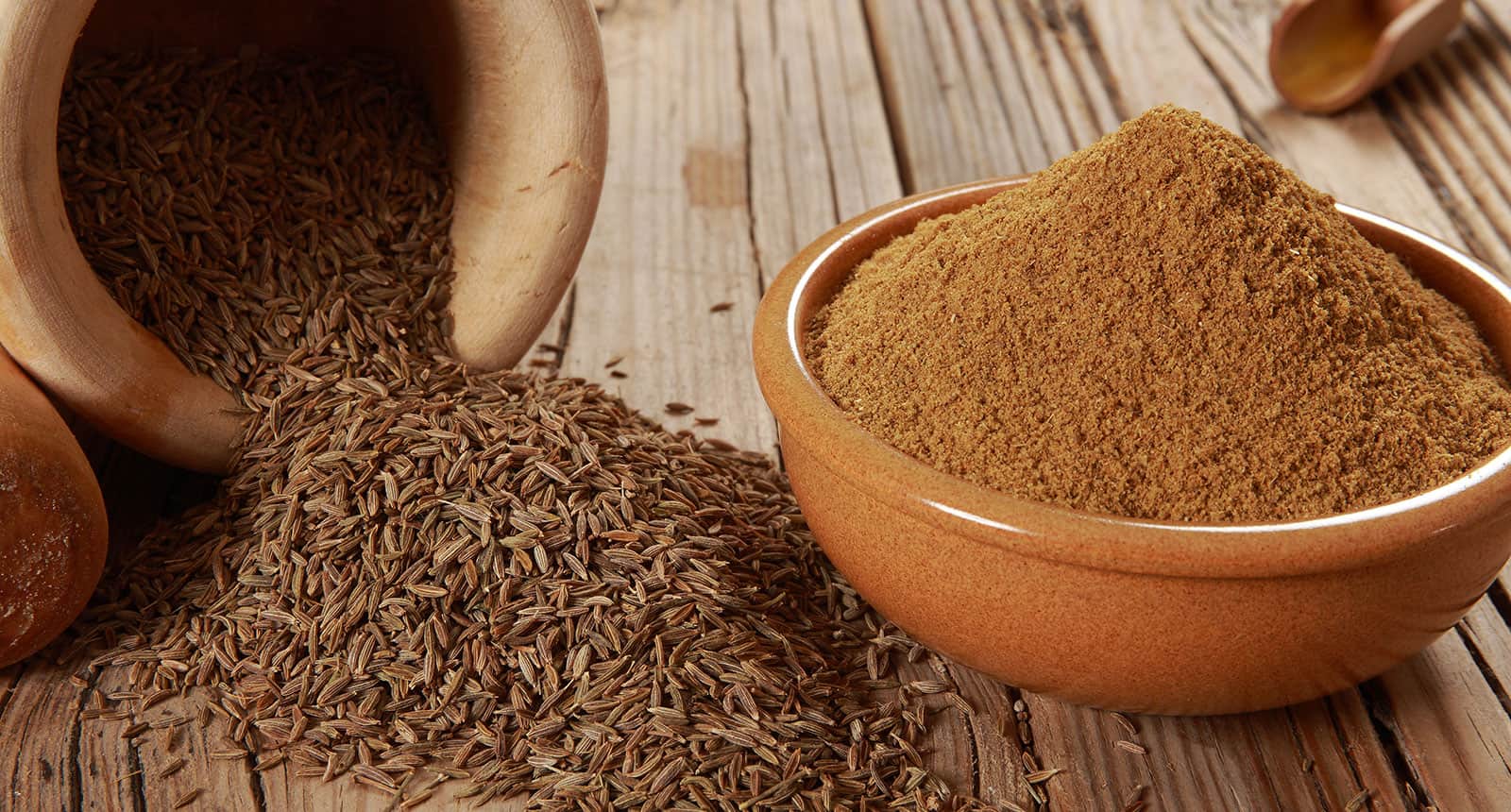
What Is Cumin?
Cumin is a popular, ancient spice that belongs to the parsley family and is scientifically named Cuminum cyminum.
Cumin is native to the Mediterra and Central India. It’s said that this is a spice that makes up the soul of oriental cuisine. In the kitchen, cumin is often made by finely grinding dried cumin seeds. It’s known to infuse the spicy, warm, and earthy notes into a recipe.
Having the effect of reducing the sweetness of the dishes, cumin acts as a lifesaver for many dishes if the chef or housewife accidentally adds a lot of sugar.
Cumin’s presence is indispensable in curries, enchiladas, tacos, salads, and other Middle Eastern dishes. In addition, cumin is also added to dipping sauces to enhance the unique flavor.
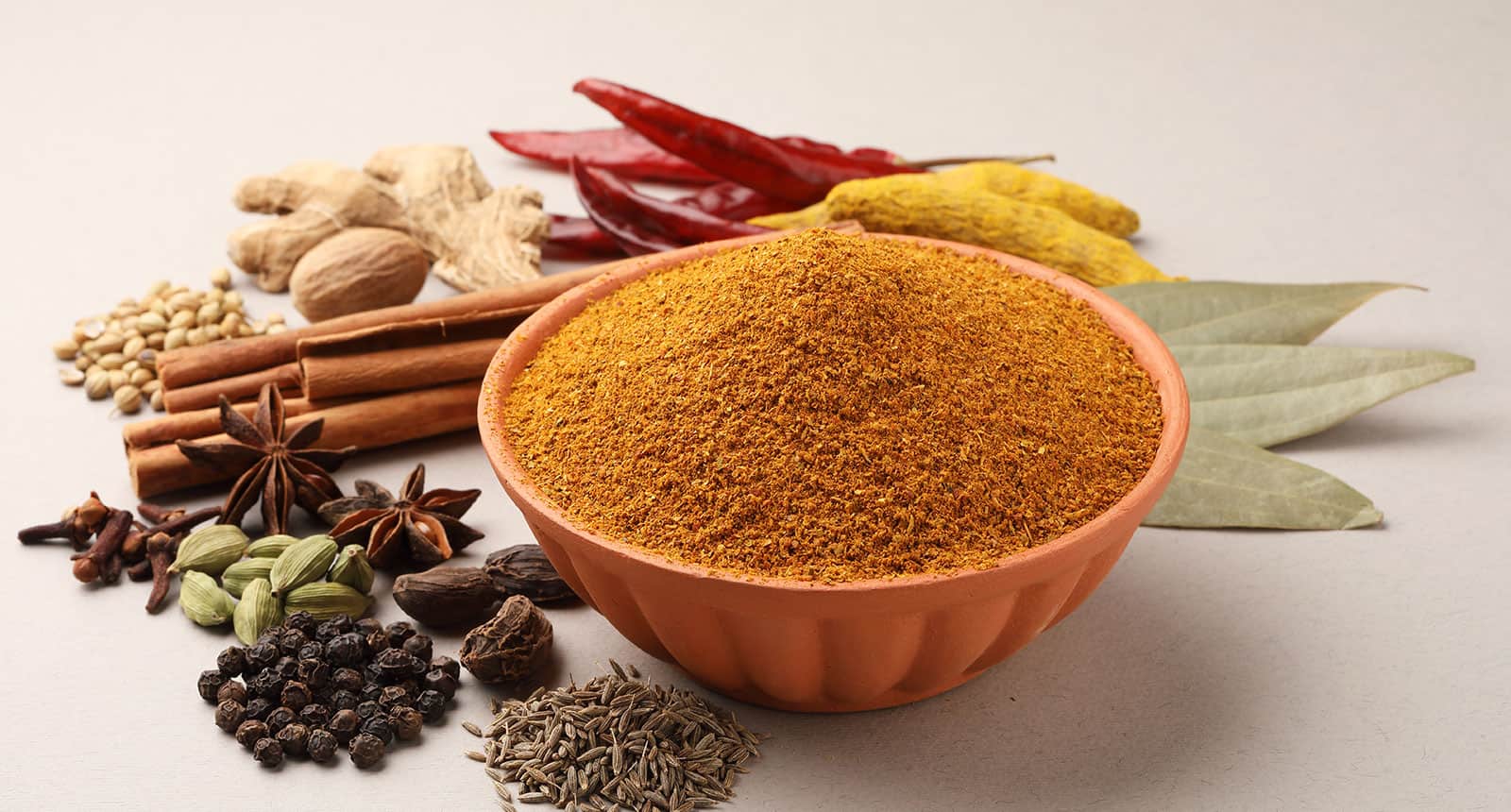
What Does Cumin Taste Like?
Cumin has a powerful aroma, so it is used as a seasoning for many different dishes. To be more specific, it features peppery, earthy, nutty, smoky, and sweet.
This spice pairs exceptionally well with Greek oregano, curry, cinnamon, saffron, turmeric, coriander, garlic, and cayenne.
Cumin is one of the main ingredients of some popular spice blends, such as chili powder, garam masala, taco seasoning, and curry powder.
Due to its heavy and robust smell, it is often used with citrus fruits, yogurt, carrot, chickpeas, and tomato.
Health Benefits Of Cumin
Besides the culinary uses, cumin also has many health benefits as follow:
- Cumin powder is often used to treat digestive ailments such as indigestion, diarrhea, flatulence or abdominal pain
- For women who are pregnant or breastfeeding, cumin helps fight nausea and increase milk secretion, and also increase breast size naturally
- Cures hoarseness
- Supports weight loss
- Cumin is used to stimulate the taste buds and help to increase appetite for anorexic
- The unique ingredients in cumin such as 2-ethoxy-3-isopropylpyrazin, substituted pyrazin, 2-methoxy-3-methylpyrazin help promote diuresis, digestion, menstrual regulation, and spasm treatment
Best Cumin Substitutes
Below is a list of cumin substitutes that give you quick access if you’re running out of this staple.
Whole Coriander Or Ground Coriander
Coriander is often referred to as coriander seed instead of cilantro – the leafy part of the same coriander plant. You can find it in two forms: whole coriander or ground coriander. Each recipe will require you to choose the right ones.
Although many people usually confuse the flavor of these two staples, the taste of coriander is a bit sweet, lemony, and bright, while cumin appears bitter and warmer.
You can use coriander as a replacement for cumin with a 1:1 ratio because it’s able to infuse a similar earthy aroma as cumin without significant difference. If you want to add some heat to your food, a bit of chili powder will be helpful.
Garam Masala
According to the Hindi language, the term “garam masala” means a hot mixture of spices. It includes cloves, turmeric, peppercorn, bay leaf, coriander, cardamom pods, mace, cinnamon, and cumin. All the spices are toasted before being ground into powder.
You might find more or less of these ingredients I mentioned above in your store-bought garam masala products. However, cumin is always included. That means this blend is an ideal option if you couldn’t find any cumin left in your pantry.
To play it safe, in the beginning, you should add only half the amount of cumin the recipe requires, then add little by little until you get the desired flavor.
Curry Powder
Like garam masala, curry powder also varies from blend to blend. For those who wonder, it’s made by mixing more than 20 spices, such as fennel, turmeric, cumin, cinnamon, coriander, tamarind, sesame seeds, cloves, saffron, nutmeg, chilies, cardamom, and more.
The reason why curry powder is on my list is that cumin is one of the base ingredients of this mixture.
Keep in mind that this option could change the color of your dish. Also, if you’re not sure how much curry powder you should add into the pot, start with 1/3 of cumin powder that it’s recommended in a recipe and adjust from here.
Lastly, curry powder contains various flavors you might not want to taste in some specific foods, so you could take time to consider before deciding. It might combine well with Southeast Asian and Indian-inspiring dishes.
Caraway Seeds
Caraway seeds, a biennial herb of the parsley family, are also known as Persian cumin or Meridian fennel. They have the same appearance and taste as cumin seeds, but cumin seeds are a bit more potent in terms of heat.
People perceive caraway as an herb with a bittersweet sharpness. They also feature citrus, peppery, and licorice notes in their flavor profile.
Caraway seeds are extensively used in the worldwide kitchen, especially in Central and Eastern Europe. This herb combines well with vegetable dishes, meat dishes, bread, cheeses, pickles, casseroles, stews, sauerkraut, potatoes, apples, and desserts.
It’s advisable that caraway seeds should be used to replace cumin seeds and ground caraway for ground cumin.
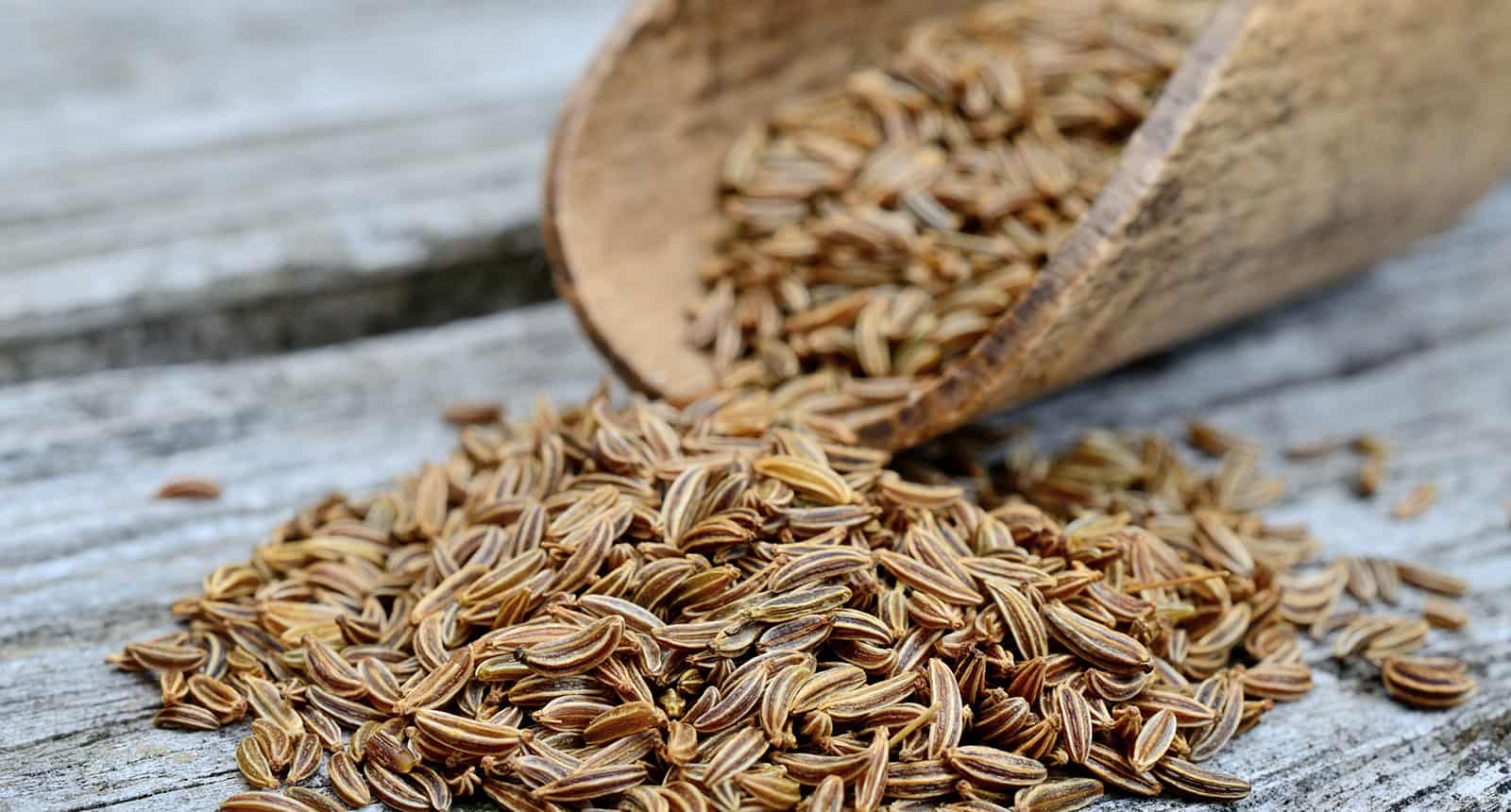
Fennel Seeds
Fennel seeds look quite like cumin seeds and also belong to the parsley family. They come with an anise-like, licorice-like taste and combine well with desserts, beverages, stews, soups, bread, and curries.
Similar to cumin, they give a warm aroma to any dish you like. You can add the same amount of fennel as you would with cumin. This replacement might cause your food to lack smoky and earthy flavor; therefore, you can consider some other substitutes.
Do you want to learn a Mediterranean-inspired bread recipe? Let’s watch the following video for more details:
Chili Powder
As the name implies, chili powder is made mainly from ground dried chiles and other spices. You can even make your own chili powder which is customized to suit your unique taste.
Typically whisking dried leaf oregano, garlic powder, onion powder, cumin, and cayenne pepper together results in a quick and delicious flavor booster called chili powder or chili seasoning mix can be widely used in most recipes in the world.
Cumin is an essential part of this powder. For this reason, it can be an alternative to cumin in case of running short.
If you’re a fan of spiciness, everything will go fine, but if not, you might want to add little by little into your food so that you can easily control the heat as you prefer.
Keep in mind that chili powder also changes your dish’s color to red color, while cumin will bring a yellow hue to it.
Taco Seasoning Mix
Besides all the ingredients of chili powder, taco seasoning mix contains crushed red pepper flakes, black pepper, and salt.
You can expect that taco seasoning mix could give warmth, heat, and various aromas to your dish compared to cumin. It also elevates the salty flavors of your food; therefore, reducing salt when cooking is required to balance the overall taste.
Like chili powder, this spice blend could be hotter than cumin alone so that you couldn’t follow the original recipe as with cumin. Instead of adding only a small amount first, then gradually improve the taste to your liking.
Paprika
Paprika is a combination of dried sweet peppers which can vary in taste. You can easily find mild, sweet, and smoked paprika in the market. It also brings a reddish tone to your food, so use it as a replacement for cumin if you don’t mind how your dish looks.
When it comes to heat, cumin is a bit stronger and hotter. For people who love spicy foods, you can add a bit of pepper powder into the pot to enhance the flavor.
Paprika can impart smokiness to your dish, which is quite similar to cumin.
It’s suggested that you start with half the amount of cumin in the recipe and gradually increase until you achieve the expected result.
Star Anise Seeds
Another substitute for cumin is star anise seeds, especially in South Asian, Middle Eastern, and India-inspiring dishes.
Although their flavors aren’t quite the same, they can be exchanged for each other in some specific recipes without affecting the taste significantly.
It would be better if you use the ground form when cooking because it will be more suitable in this case.
This alternative is not recommended for Mexican cuisine.
Chipotle Powder
Chipotle powder is popular in India and Mexico and is extensively used in many traditional dishes. This spice is made up of dried ground chipotle chiles.
Its smoky heat makes it a fantastic substitute for cumin. In addition, it provides you with the same earthiness that’s so distinct to cumin’s flavor profile.
Many people think that chipotle might produce more heat than cumin; therefore, you should be more cautious if the recipe calls for a bit of spiciness.
Find out how to make chipotle simply and quickly as following:
Frequently Asked Questions
Cumin is a versatile spice and can enhance the flavor of your dish greatly. I have listed some questions related to this herb so that you could refer to whenever you need
What’s Your Favorite Cumin Substitute?
Cumin is a nutty, earthy, and robust spice that brings heat to a recipe. If you run short of this staple in your pantry, you can consult my above list to find the perfect alternative for whatever you’re cooking.
For me, ground coriander seems to be an ideal candidate for cumin substitute in most cases due to some same notes in their flavor profiles.
However, you might need to bring your own sense to feel what is the most suitable for the current recipe, right? Each spice will give your food a unique flavor as long as you’re willing to get to know them better.
I just want to make sure that if you’re out of cumin one day, don’t panic because you can easily find another option around your house.
What do you think? Let me know in the comment section so that we could discuss this topic further.

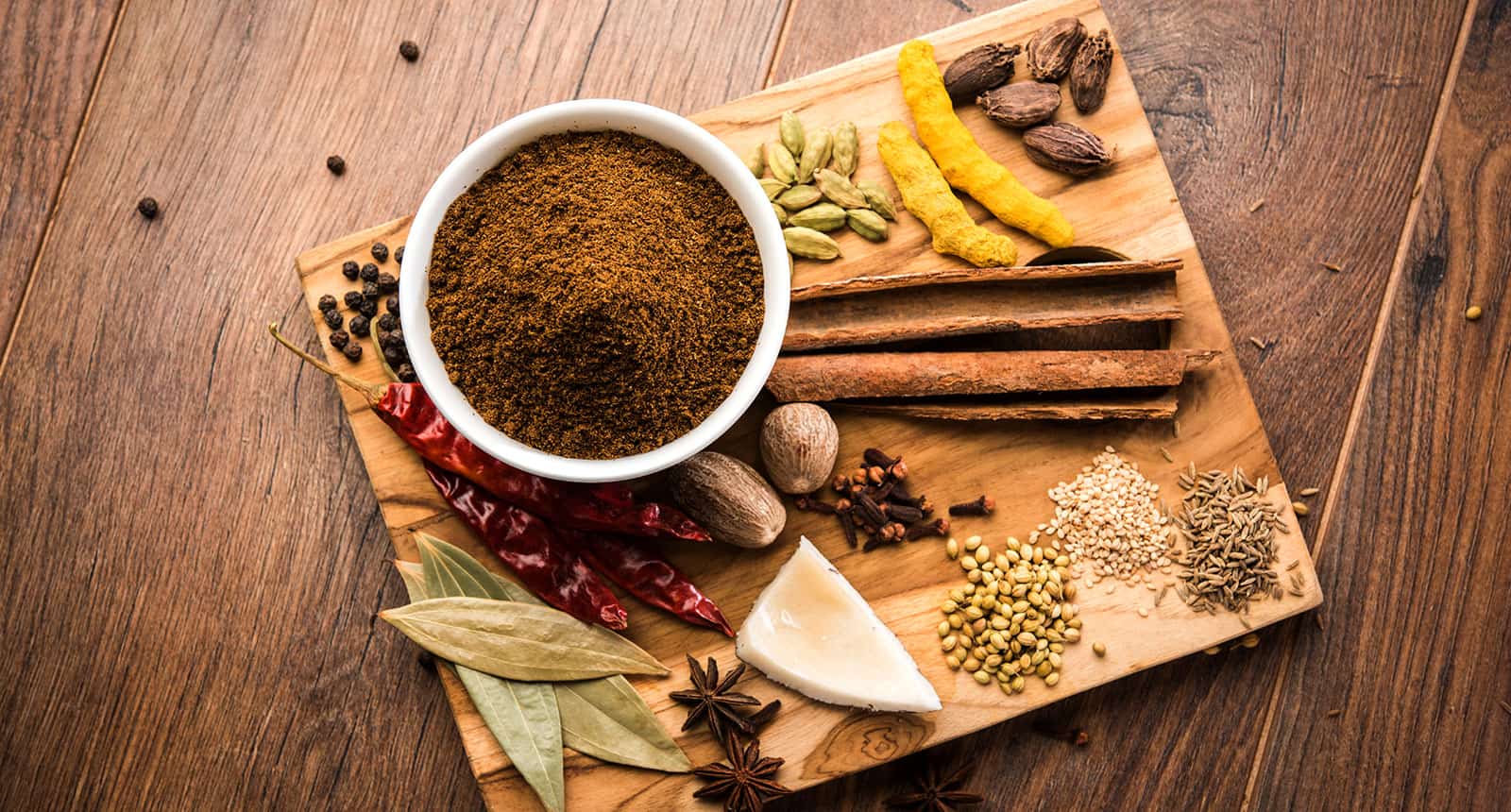
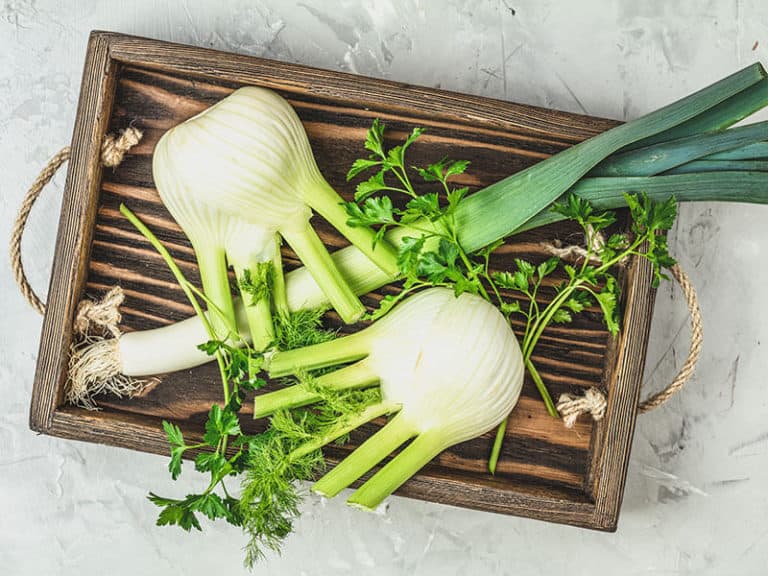
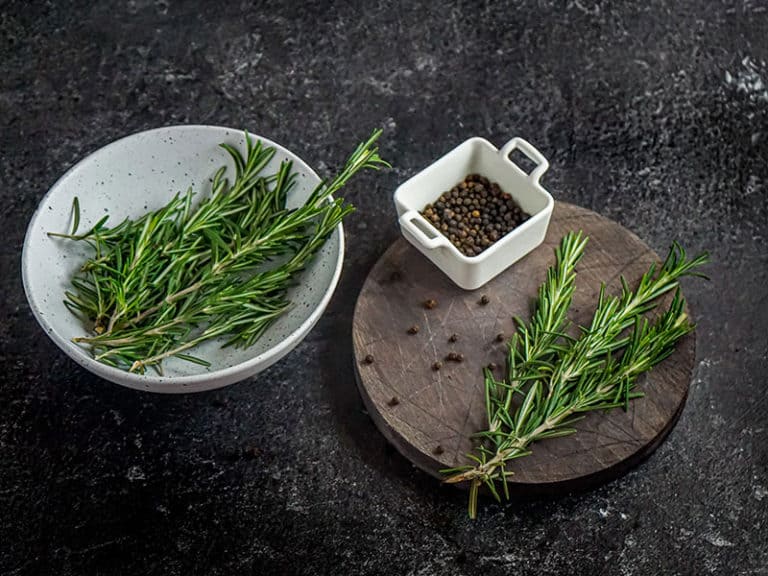

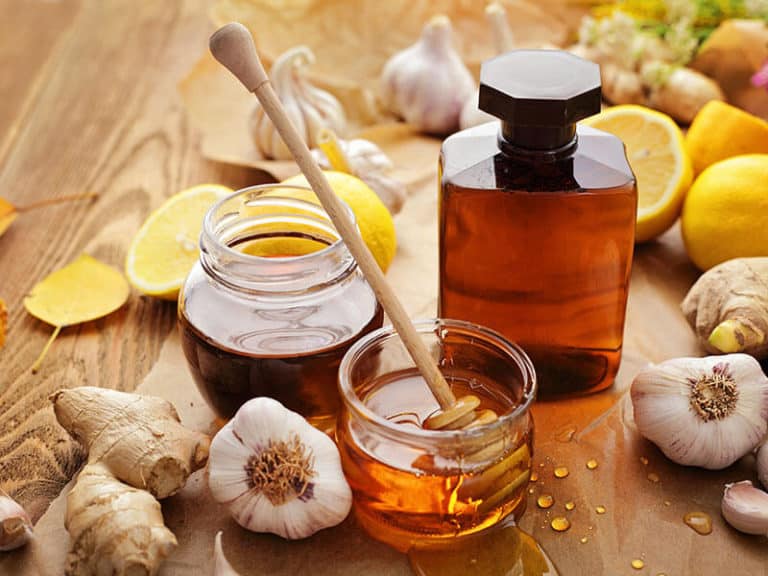
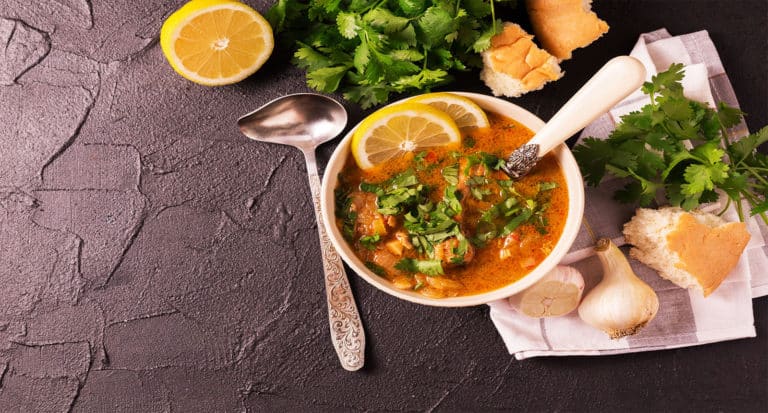
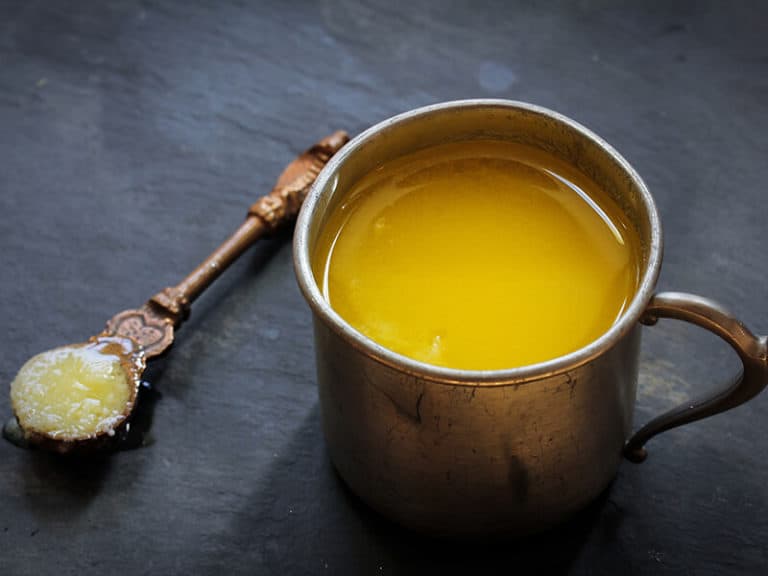
Amanda Collins
Founder and Senior Culinary Editor
Expertise
Culinary Arts and Management, Food Journalism and Critique, Recipe Development and Testing, Global Culinary Traditions, Sustainable Food Practices
Education
Institute of Culinary Education (ICE), New York, NY
Program: Diploma in Culinary Arts
Focus: Intensive hands-on training in culinary techniques, recipe development, and kitchen management, preparing students for professional roles in the culinary industry.
Monroe College, New Rochelle, NY
Program: Associate in Applied Science in Culinary Arts
Focus: Practical culinary skills, including cooking techniques, menu planning, and kitchen operations, with an emphasis on hands-on experience and industry standards.
Amanda Collins is a seasoned chef and food editor with a deep love for global flavors. Trained at the Institute of Culinary Education and Monroe College, and with over 15 years in the culinary field, Amanda has refined her skills in kitchens worldwide. Her background in food studies gives her a unique ability to share both recipes and the cultural stories that shape them.
As senior culinary editor at thebreslin.com, Amanda’s work brings authentic dishes to life, inviting readers to explore new flavors and techniques from around the globe. Her approachable style makes it easy for anyone to bring a bit of the world’s cuisine into their kitchen.